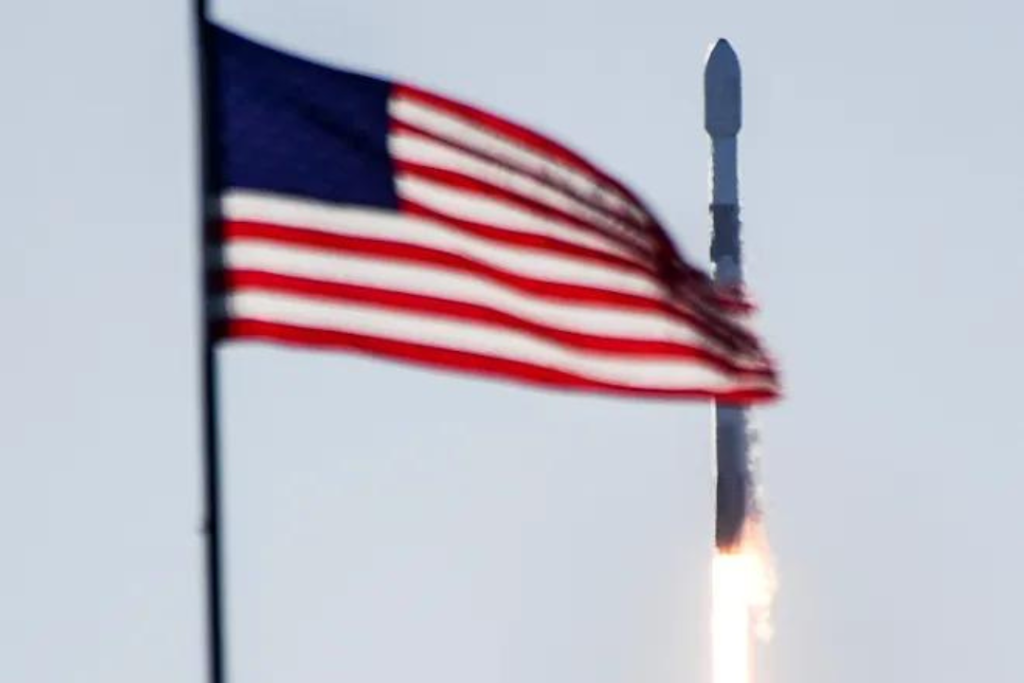
After Multiple Delays, Boeing’s Starliner Capsule Launched on Wednesday on its First Astronaut-Crewed Space Mission to the International Space Station (ISS).
At 10:52 a.m. ET, the Cape Canaveral Space Force Station in Cape Canaveral, Florida, saw the launch.
90% of the weather was suitable for launch. During a live broadcast, NASA Communications’ Derrol Nail stated that the crew has been monitoring the cumulus cloud forecast because if the rocket passes through them, it may produce its own lightning strike.
Also Read:
- NASAs Boeing Crew Flight Test Launch LIVE:
- NASAs Boeing Starliner set for another attempt to send Sunita Williams in space
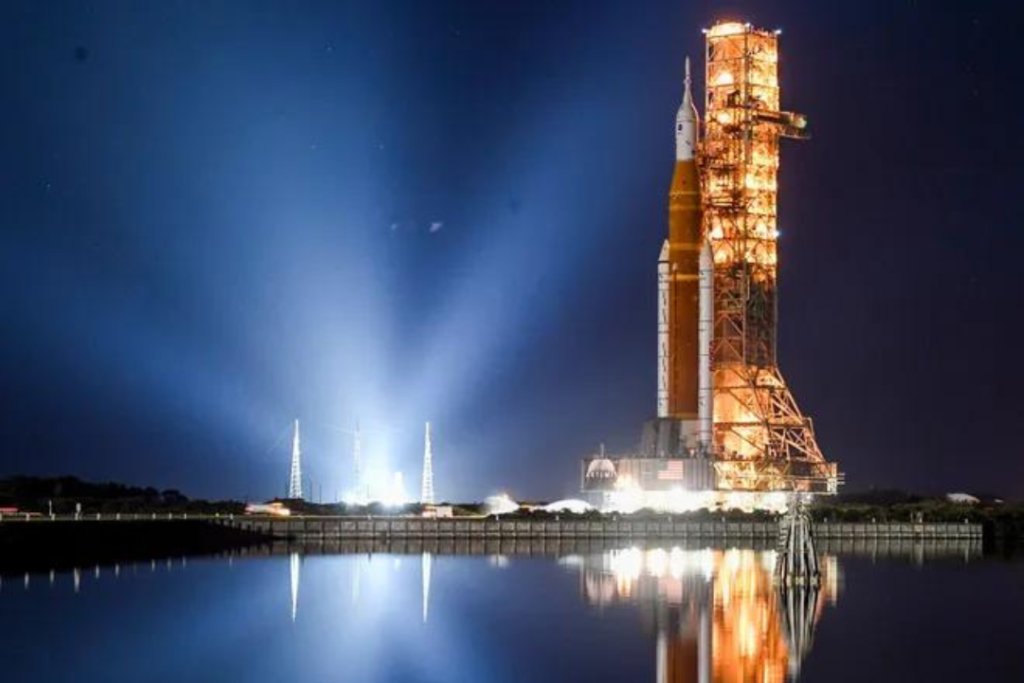
MORE: A blocked valve forced the cancellation of Boeing Starliner’s maiden astronaut-crewed mission launch.
Starliner was able to take off on its own after the rocket broke apart from the spaceship around fifteen minutes after launch. Boeing Space reported that Starliner has attained stable orbit at 11:24 a.m. ET.
Though Starliner is meant to carry a crew of seven, NASA astronauts Barry “Butch” Wilmore, 61, a former U.S. Navy captain, who will be directing the mission, and Sunita Williams, 58, a former Navy service member, who will be Piloting the voyage, are on board for the “test drive” launch.
Where is the Boeing Starliner going?

Before the scheduled liftoff early this morning, a team from United Launch Alliance (ULA), which builds and runs the Rockets that send Spacecraft into orbit, started loading cryogenic propellant into the rocket as an indication that launch is ready to go.
According to a post on X from Boeing Space, Wilmore and Williams entered the capsule at roughly 8:00 a.m. ET, took their seats, and carried out a number of checks, including communications and suit checks.
Wilmore’s third trip to the ISS will take place on this voyage, NASA announced on Wednesday’s broadcast. According to NASA, Williams is also now on her third space mission and will be the first female pilot on an orbiting spacecraft test flight.
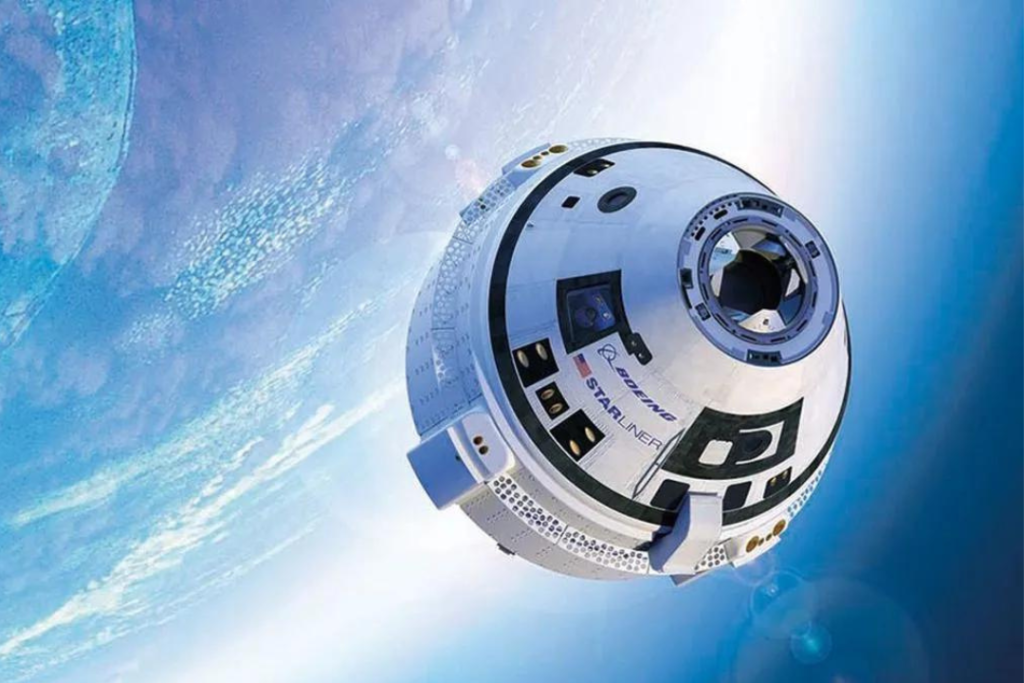
Did the Boeing Rocket take off today?
According to NASA, Starliner will travel to the International Space Station (ISS) in approximately 24 hours after entering orbit. During that time, the crew will test several flight objectives, including equipment checks.
Though the spacecraft can fly automatically, Wilmore and Williams will personally control Starline at specific places to demonstrate that it can, according to Boeing Space.
MORE: For the first time in five months, NASA’s Voyager 1 is transmitting intelligible data back to Earth
Williams and Wilmore will be assessing the spacecraft and its systems during their anticipated one-week stay on board the International Space Station. When the spacecraft re-enters, it will land both in the Western United States by deploying its airbag system and parachutes.
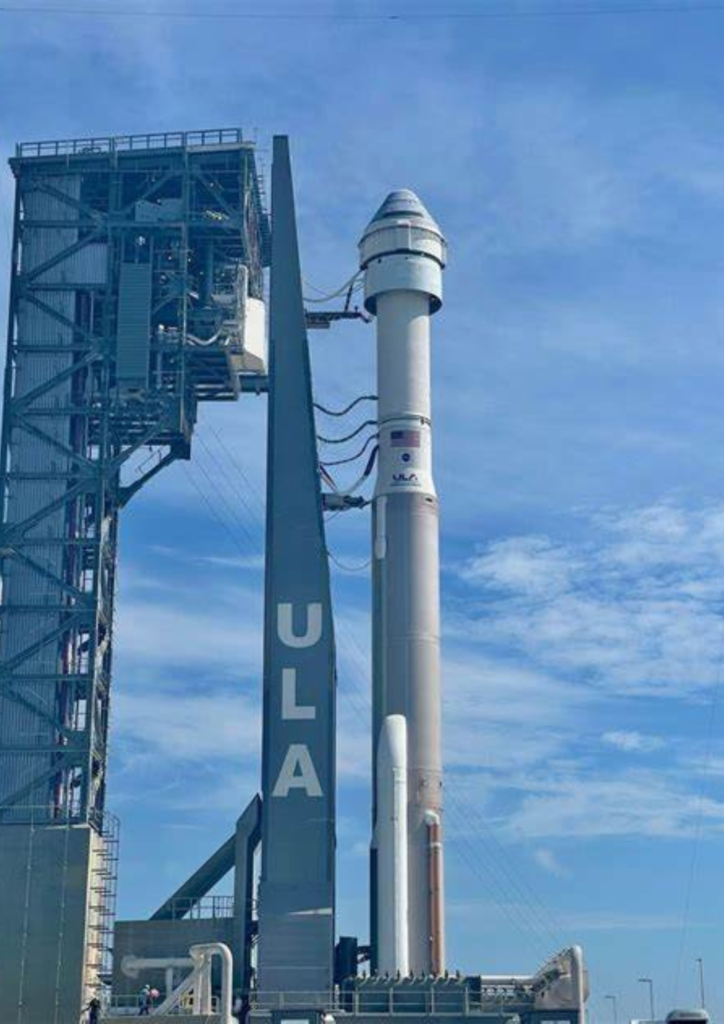
ULA Atlas V Boeing Starliner Crewed Flight Test
This is in Response to Starliner’s multiple launch delays. The crewed flight test was originally slated for May 6, but it was postponed due to an Oxygen valve issue with the ULA rocket.
A tiny helium leak was found in the service module, which houses the sensors and support equipment needed to operate a spacecraft, delaying the Planned May 25 launch date.
Minutes before it was scheduled to happen, a second launch that was scheduled for June 2 was canceled “because the computer ground launch sequencer did not load into the correct operational configuration after proceeding into terminal count.”
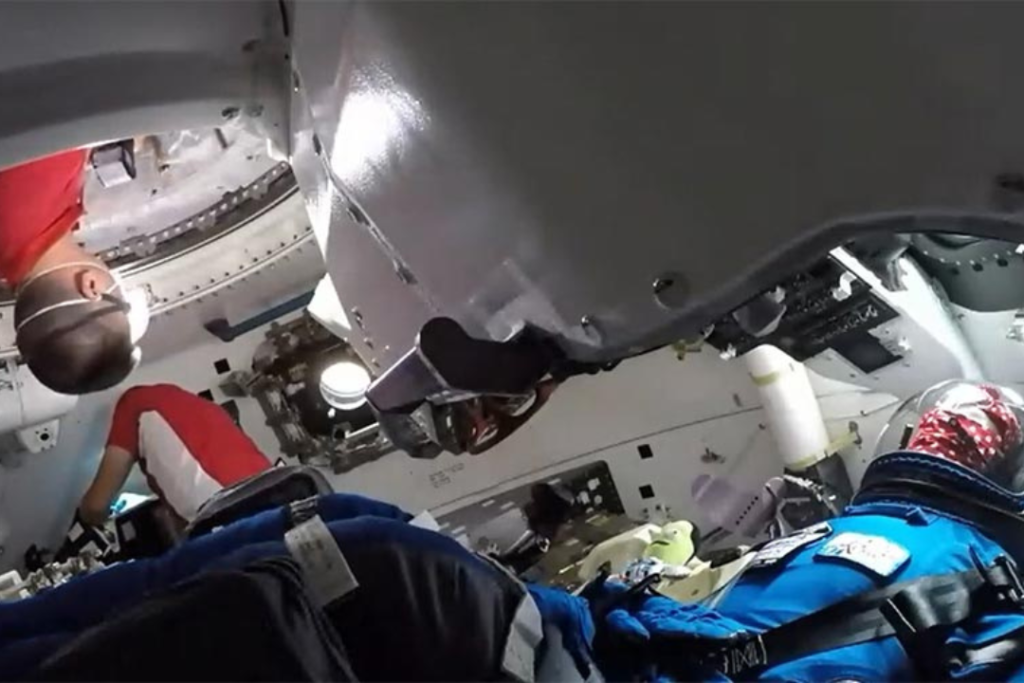
According to NASA, Starliner will travel to the International Space Station (ISS) in approximately 24 hours after Entering Orbit. During that time, the crew will test several flight objectives, including equipment checks.
NASA may approve the spacecraft to fly regular voyages to and from the International Space Station (ISS) if the mission is successful. To get people and supplies to the International Space Station (ISS), NASA has mostly used SpaceX’s Dragon spacecraft.
The flights are a part of NASA’s wider Commercial Crew Program, which employs American spacecraft and rockets to transport people and supplies to the International Space Station in an effort to aid the federal space agency in getting ready for its next moon and Mars expeditions.
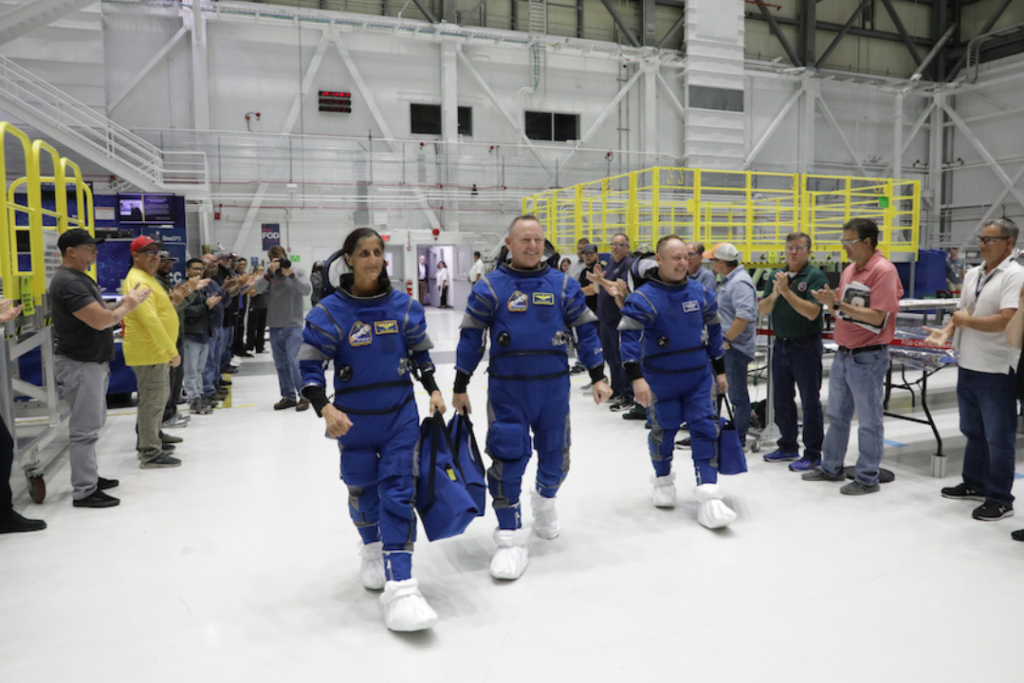

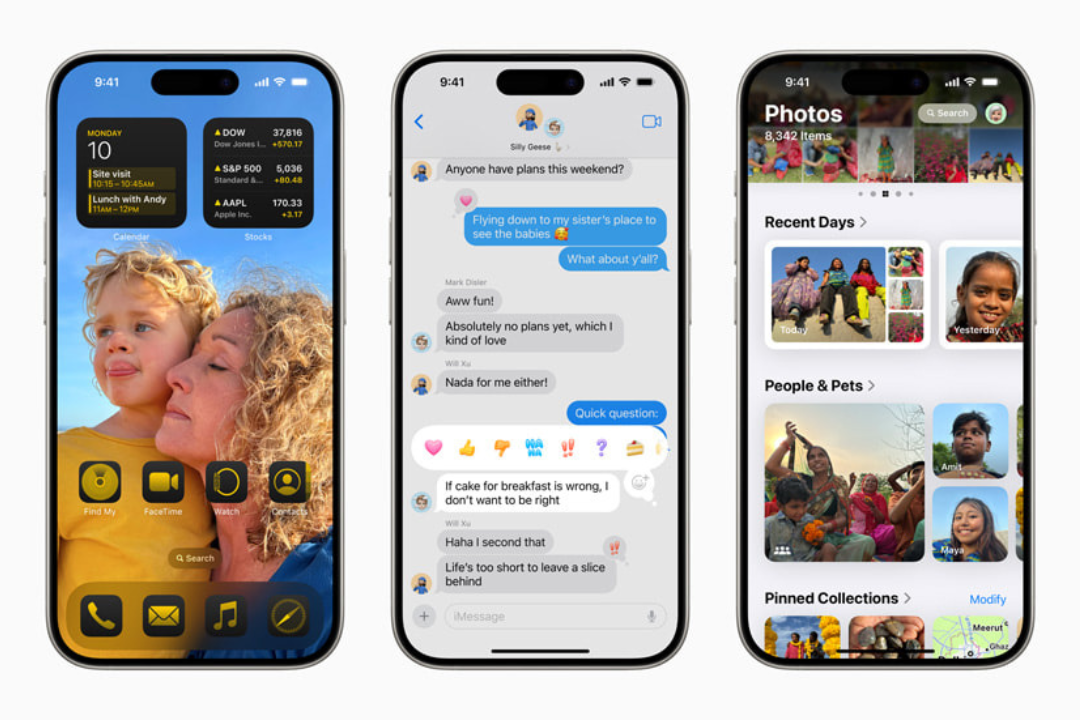

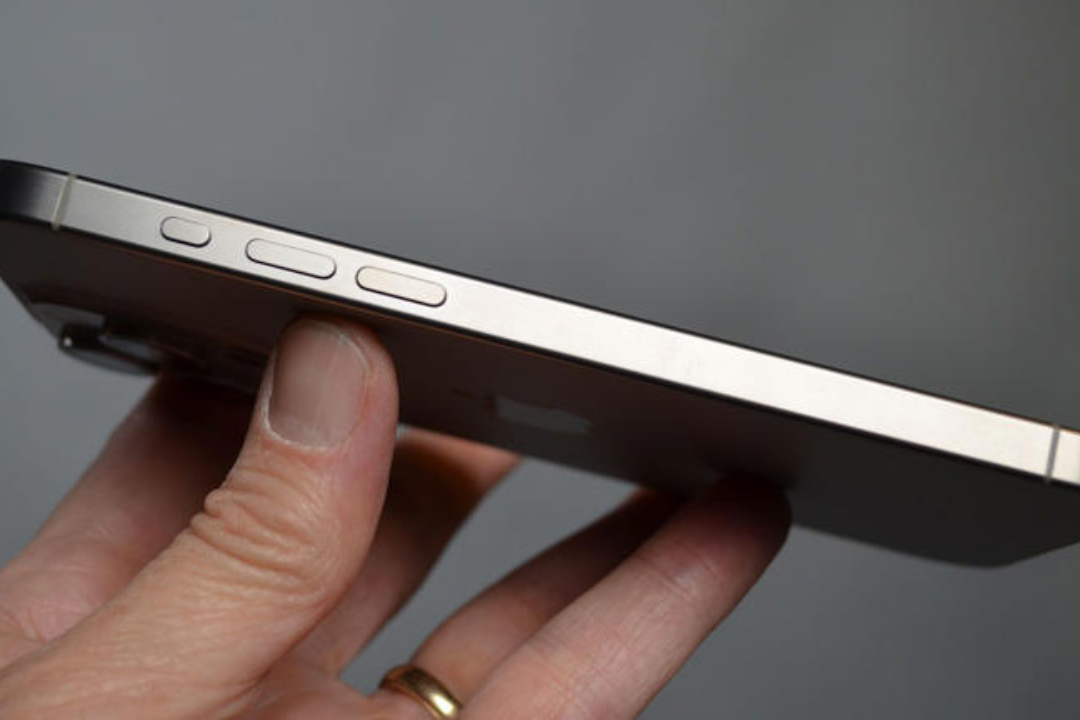
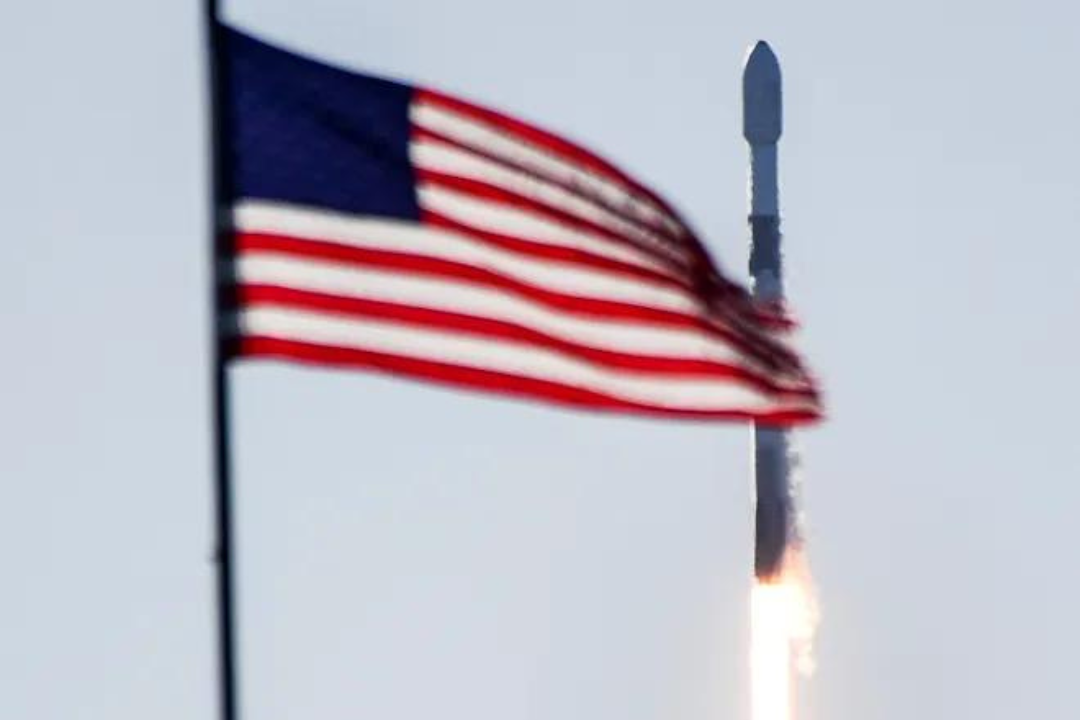
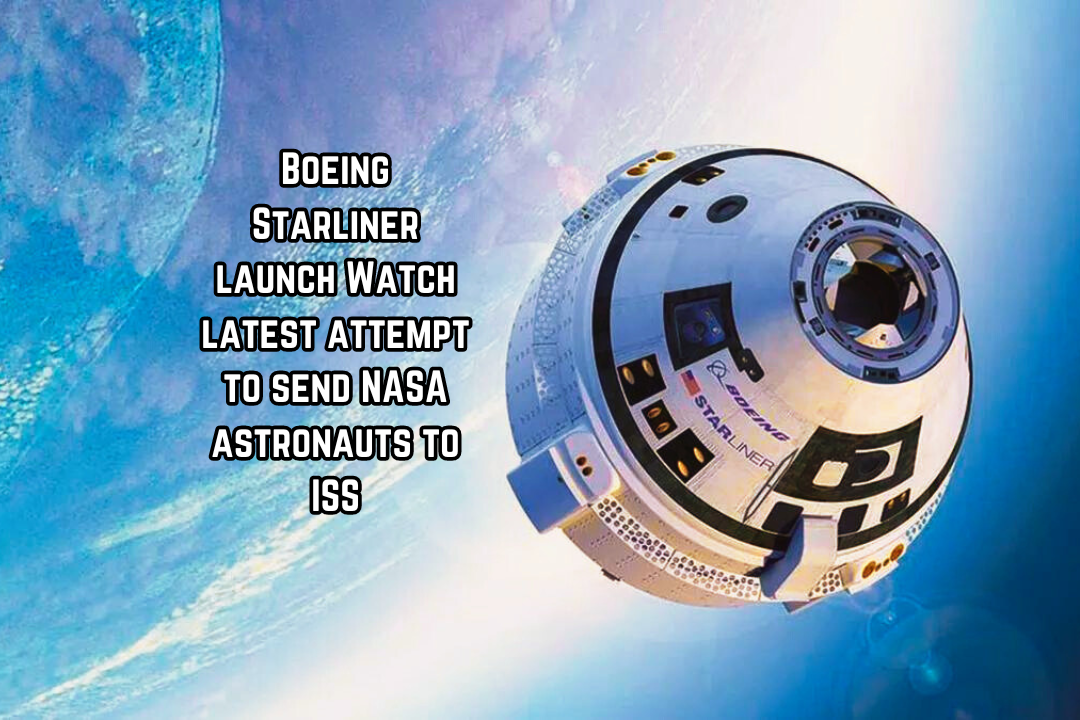



+ There are no comments
Add yours